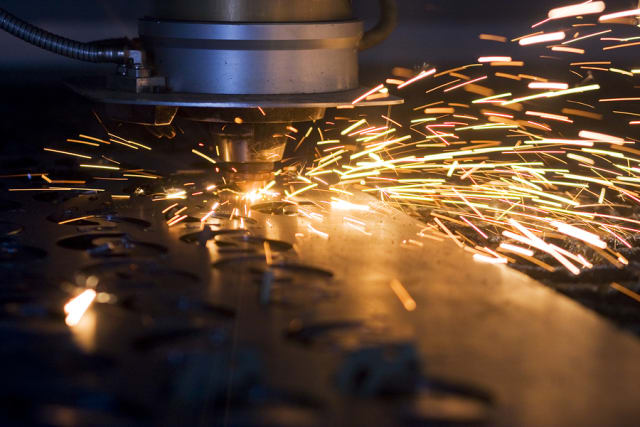
LASER CUTTING
The laser beam is generally focused using a high-quality lens on the work zone. The quality of the beam has a direct impact on the focused spot size. The narrowest part of the focused beam is generally less than 0.0125 inches (0.32 mm) in diameter. Depending upon the material thickness, kerf widths as small as 0.004 inches (0.10 mm) are possible.[6] In order to be able to start cutting from somewhere other than the edge, a pierce is done before every cut. Piercing usually involves a high-power pulsed laser beam which slowly makes a hole in the material, taking around 5–15 seconds for 0.5-inch-thick (13 mm) stainless steel, for example.
WELDING
Fibre laser cutter benefits include:
Rapid processing times.
Reduced energy consumption & bills – due to greater efficiency.
Greater reliability and performance - no optics to adjust or align and no lamps to replace.
Minimal maintenance.
The ability to process highly reflective materials such as copper and brass.
Higher productivity - lower operational costs offer a greater return on your investment.[15]
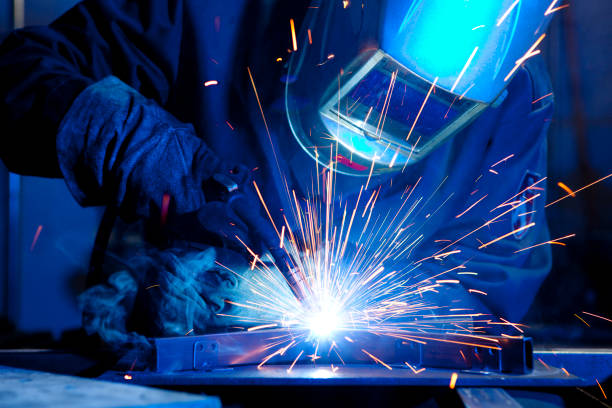
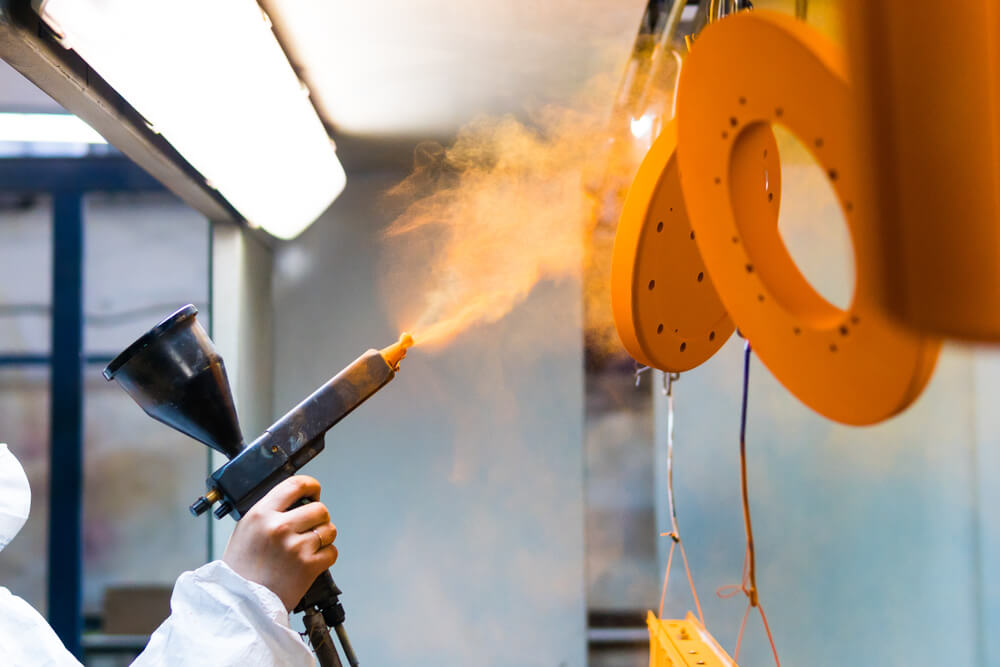
PAINTING
Electrostatic spray painting The electrostatic painting was first patented in the U.S. by Harold Ransburg in the late 1940s. Harold Ransburg founded Ransburg Electrostatic Equipment and discovered that electrostatic spray painting was an immediate success as manufacturers quickly perceived the substantial materials savings that could be achieved. In electrostatic spray painting or powder coating, the atomized particles are made to be electrically charged, thereby repelling each other and spreading themselves evenly as they exit the spray nozzle. The object being painted is charged oppositely or grounded. The paint is then attracted to the object giving a more even coat than wet spray painting, and also greatly increasing the percentage of paint that sticks to the object.
Moving material lasers have a stationary cutting head and move the material under it. This method provides a constant distance from the laser generator to the workpiece and a single point from which to remove cutting effluent. It requires fewer optics but requires moving the workpiece. This style of machine tends to have the fewest beam delivery optics but also tends to be the slowest.
BENDING
One of the most important things to take into consideration when designing bent sheet metal is bend deduction. Bend deduction accounts for the “stretching” that happens in a material when it is bent. Bend deduction changes based on the material, thickness, and angle of the bend being created, but essentially it’s making your part slightly smaller to make room for the stretched material around the bend.
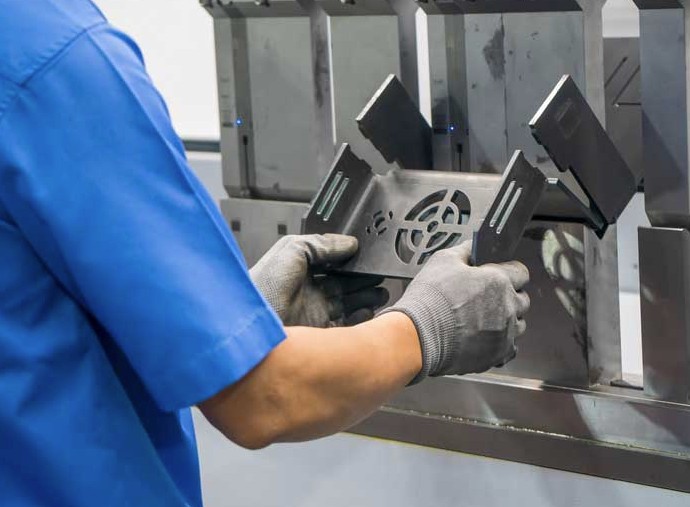
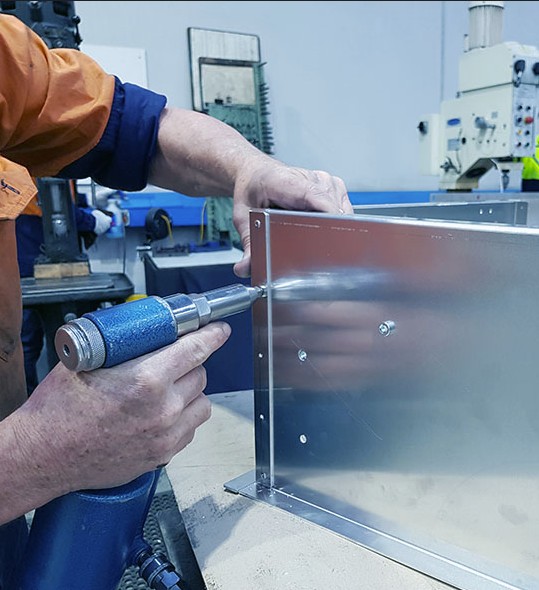
MECHANICAL ASSEMBLY
There are many variations of passages of Lorem Ipsum available, but the majority have suffered alteration in some form, by injected humour, or randomised words which don't look even slightly believable. If you are going to use a passage of Lorem Ipsum, you need to be sure there isn't anything embarrassing hidden in the middle of text. All the Lorem Ipsum generators on the Internet tend to repeat predefined chunks as necessary,